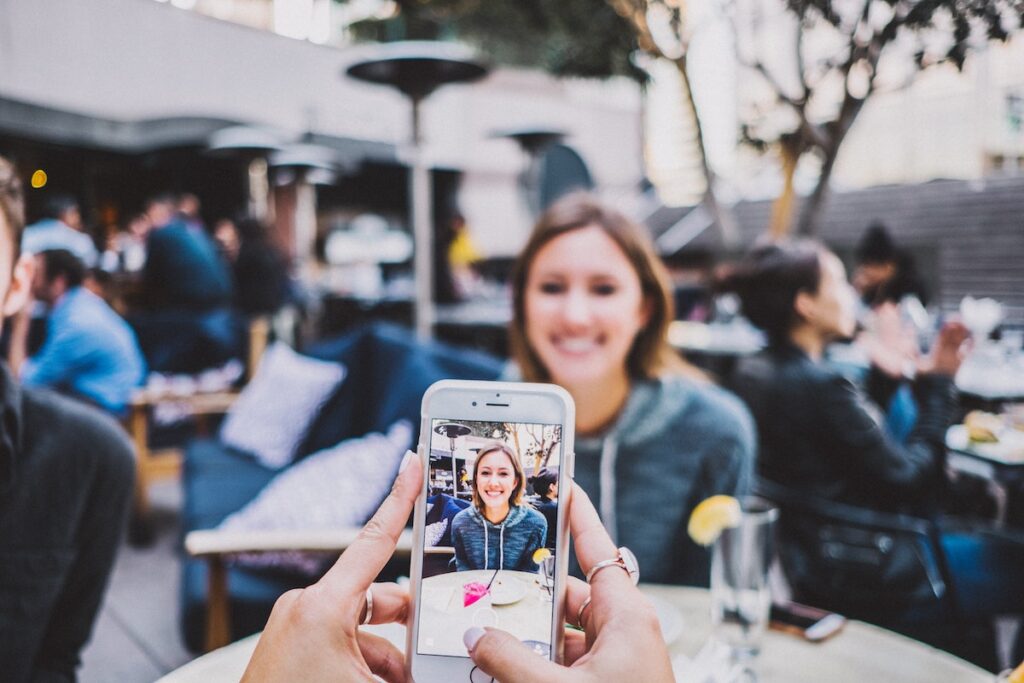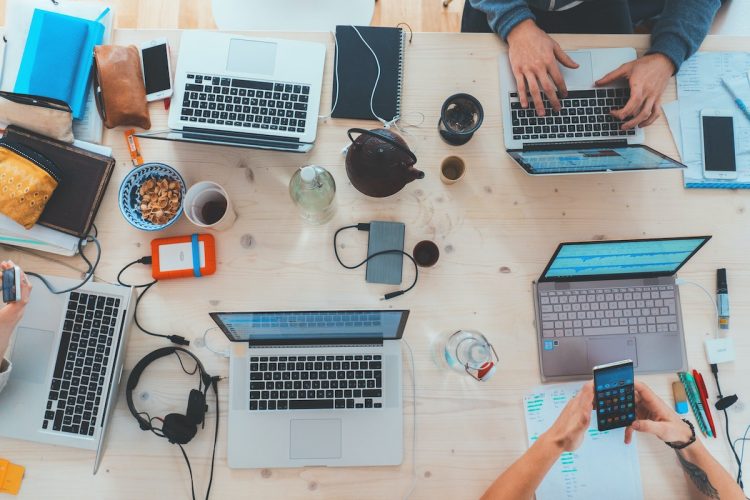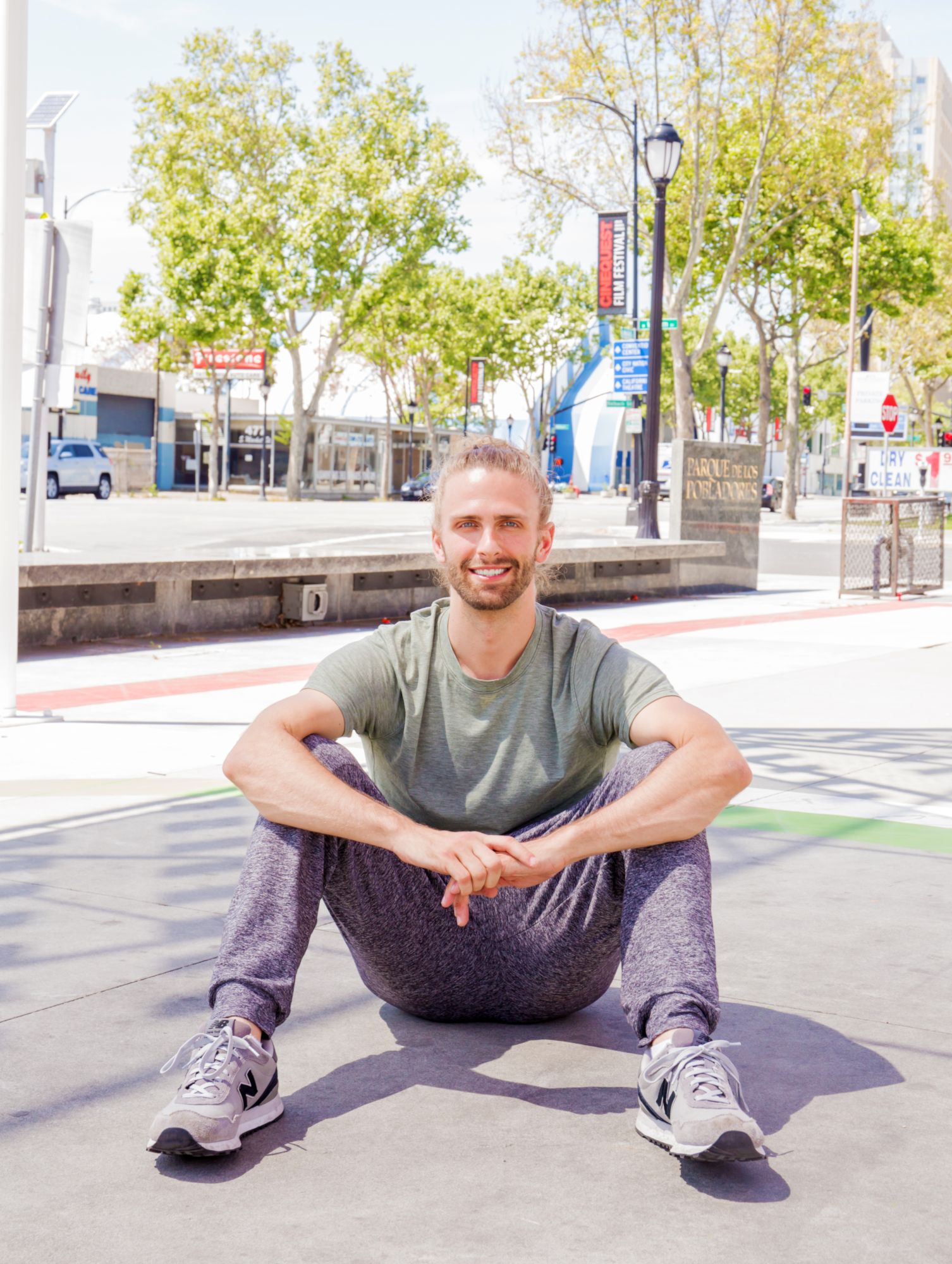People love spending their time on social media apps, and it’s easy to see why: social media strengthens relationships and provides entertainment. The average global Internet user spends as much as two hours and 32 minutes on social media every day. Americans are pretty close to this estimate, as US users spend about two hours daily catching up with loved ones and checking the latest memes.
However, on the other side of the puppy videos and aesthetic photos are users who experience negative emotions from social media posts. To manage these negative emotions and make the most out of the benefits, it’s important to understand the role of mindfulness in creating a better social media experience.
The Pretty and The Ugly Side of Social Media

The Good Side
Cute animal videos are probably one of the best perks of social media. But since these apps were made to connect people, it’s important to acknowledge how these networks have benefited us as social beings.
Derrick Wirtz, an associate professor of teaching in psychology, even studied how social media can impact a person’s well-being and discovered its crucial role in promoting social connectedness. This became more important than ever during the pandemic, which was when these apps served as a crucial instrument in maintaining relationships amid the social distancing protocols. However, Wirtz warns that it’s not all sunshine and rainbows on social media, so people need to use it wisely to maximize its benefits and avoid its consequences.
The Bad Side
Social media is no escape from the harsh reality, since it transformed media sociology by reproducing inequality and power in the digital world. The mental health of users suffers as they are cyber-bullied and discriminated against due to their ethnicity, class, and gender.
Recognizing the changes caused by social media, various industries have been adjusting to the issues brought by the new digital era, including universities. To train students to create a better digital world, the scope of sociology degrees has now expanded to include subjects like social issues, mental illness, and social work. Now that more individuals are joining social media, professionals are trained to serve in government agencies and organizations to defend users against hate speech and discrimination online.
Mindfulness as an Instrument for a Healthier Experience
Better Emotional Management
Don’t you wish that you could control every user that writes mean comments? While you may not have the power to control each anonymous user’s behavior, you can manage the emotions you feel from negative social media interactions.
While exercise can’t change an anonymous user’s perspective, a bit of movement can help you feel better after a negative experience. To illustrate, vinyasa yoga can help you burn off stress by increasing your happy hormones, while yin yoga can soothe your body and slow down your train of thought. By mindfully choosing activities that are good for your mind and body, you can boost your emotions after a negative interaction.
Greater Awareness on Experiences
As previously mentioned by associate professor Wirtz, users must navigate through social media wisely to reap the good stuff. Being mindful on social media is a beneficial practice in this case, since it allows you to be conscious of how your actions affect others and yourself!
You can practice mindfulness on social media by setting intentions for your own usage. Instead of scrolling for a long time, you can choose to open your app to message a good friend or to watch content from your favorite creator. This allows you to avoid possibly toxic posts, while accessing the things that make you happy.
Now that social media has become an extension of our own communities, a lot of negative perspectives and habits have made their way from the digital world to our real one. By becoming aware of your emotions and actions, you can get past the bad side of social media and enjoy the company of your social circle.














